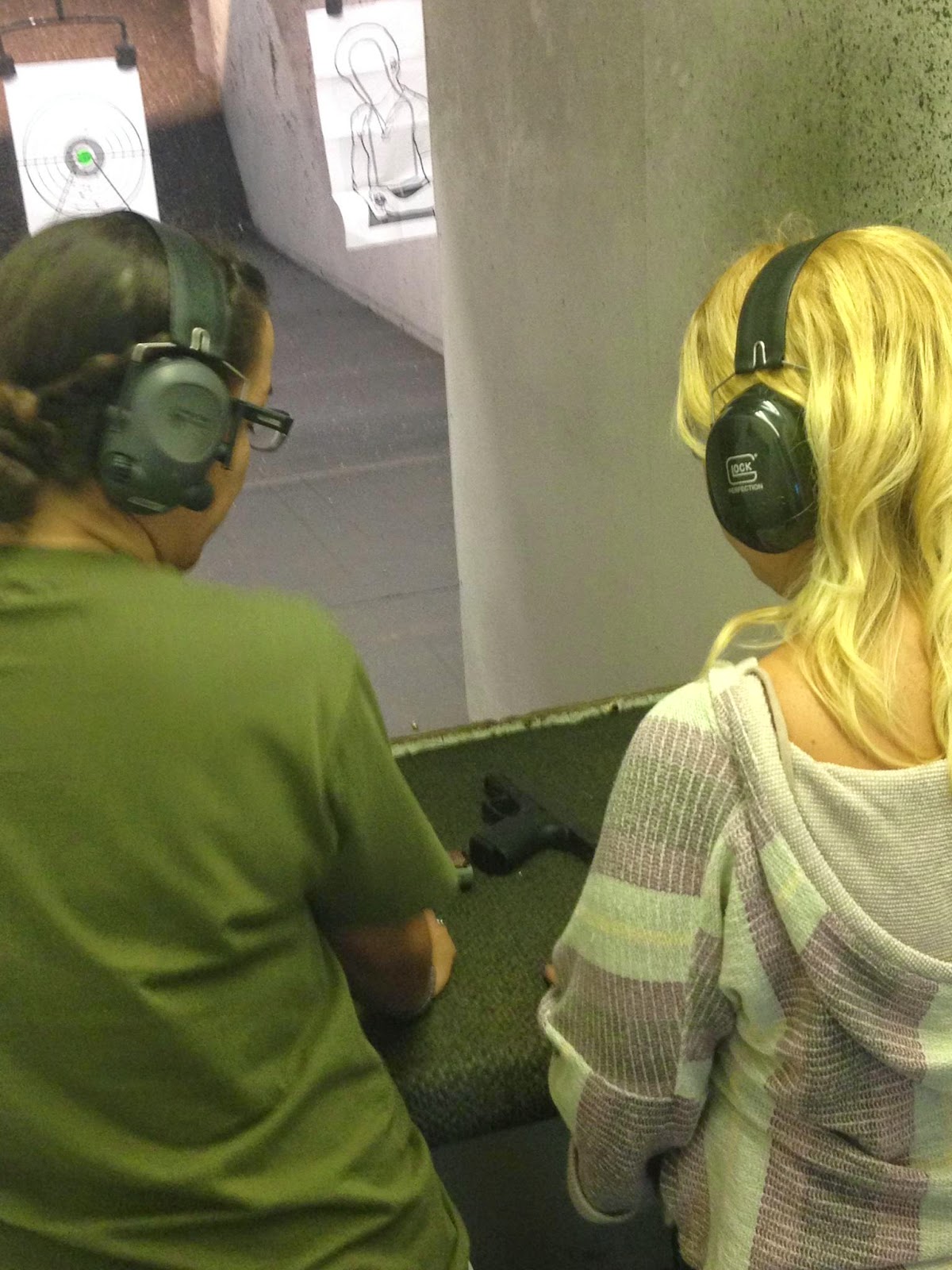Last week I shared the difference
between Training and Practice. I want to
add to that introduction with a few suggestions on how to make the most of
practice. Since practice is the
repetition of what we have been trained to do, it would benefit us to be sure
that we are practicing our new skills exactly like we were trained. Shooting drills can help, having a skilled
shooter watch our practice and give us feedback on what we are doing right or
wrong and ways to improve our efficiency are also good ways to reinforce what
we have been trained to do.
CCLSC’s
focus is primarily defensive shooting, preparing for the emergency we hope
never to encounter. However, before we
get that far, we want to be sure that our fundamentals and mindset are solid. Working through malfunctions, acquiring your
target and trigger control etc seem to be basic enough, but add a little stress
to the mix and your skills will degrade exponentially. Taking the time now, while the environment is
“comfortable” will pay off major dividends later. Dry practice is one of
the easiest ways to get some practice if you can’t make it to the range.
A little
homework before our next practice; take 10 minutes a day and work on
your stance. If you have a firearm
available to use at home, BE SURE IT IS UNLOADED and work on your stance, grip,
sight alignment/picture, breathing, trigger control and follow through. Go slowly.
Make sure every movement is deliberate.
Ten minutes a day comes to about an hour and half of repetition between
now and our next practice. Don’t take my word for it. Below is a
link to Michelle Viscusi’s (the newest Team Glock member and contestant on Top
Shot) video talking about dry firing.
Dry Firing Video link HERE







